
How did alphabet books tackle the letter 'x' before x-rays and xylophones?
The most common entries for ‘x’ in alphabet books nowadays are probably ‘x-ray’ and ‘xylophone’—based on anecdotal evidence only, someone do this research please—but of course, it wasn’t always so. The x-ray was invented in 1895, and, as the editors over at The Public Domain Review explain, xylophones, “although around for millennia, the instrument didn’t gain popularity in the West (with the name of ‘xylophone’) until the early twentieth century.” So what demonstrated the letter ‘x’ in the alphabet books of yore? The Public Domain Review asked and answered—here are a few highlights from their findings (but head here for more examples and context).
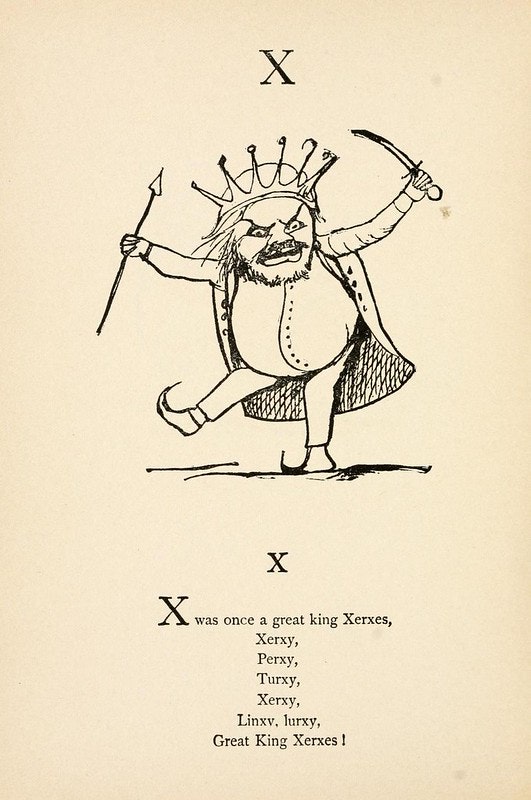 Nonsense Books (1888) by Edward Lear
Nonsense Books (1888) by Edward Lear
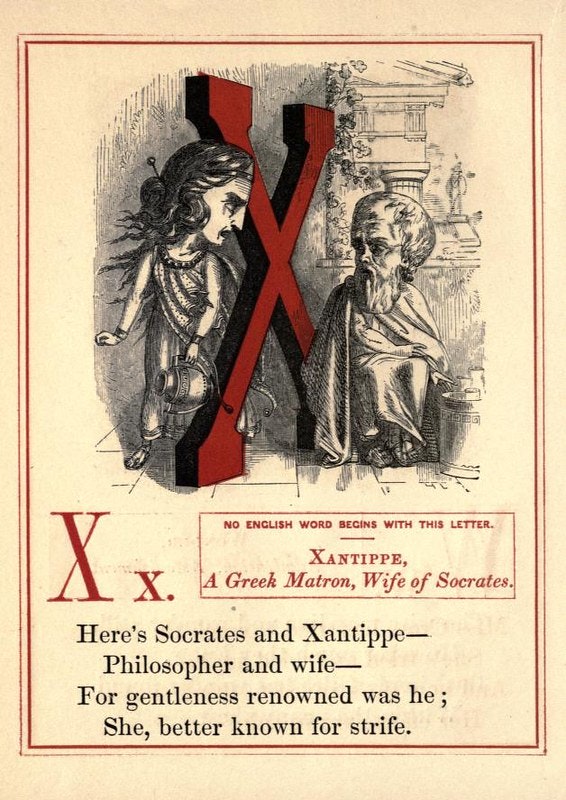 The Royal Picture Alphabet (ca. 1855) by John Leighton
The Royal Picture Alphabet (ca. 1855) by John Leighton
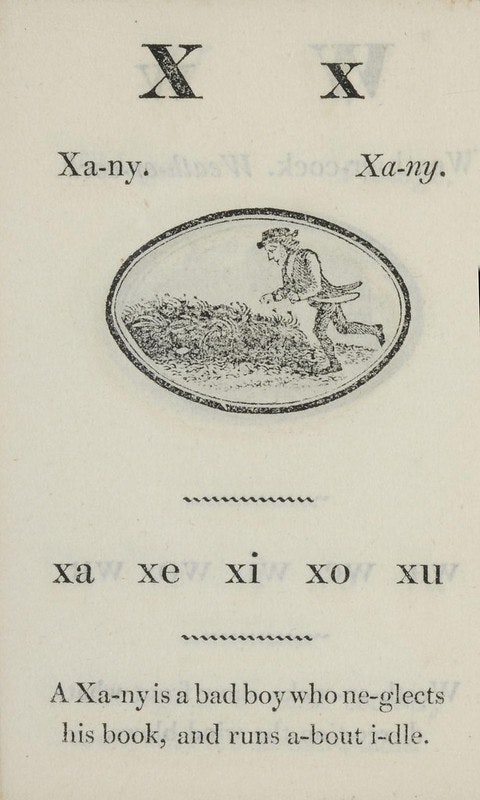 The Child’s Instructor, or Picture Alphabet (1815) by Thomas Bewick
The Child’s Instructor, or Picture Alphabet (1815) by Thomas Bewick
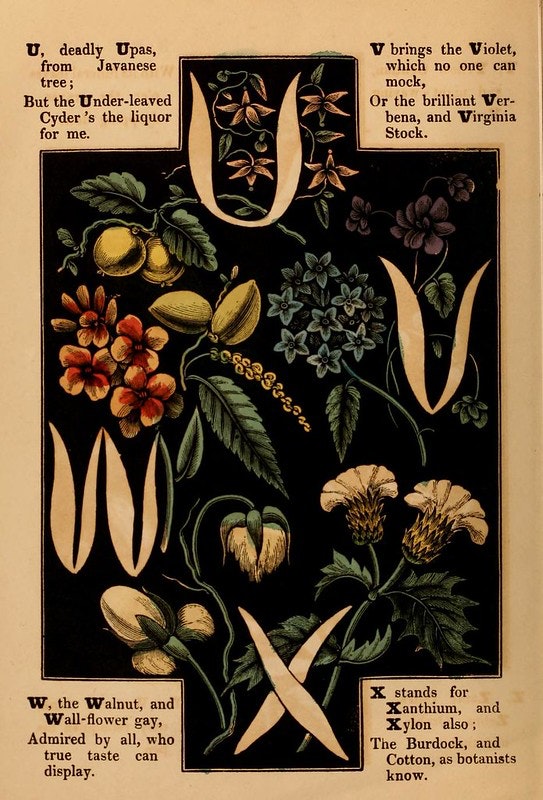 The Alphabet of Flowers and Fruit (1856)
The Alphabet of Flowers and Fruit (1856)
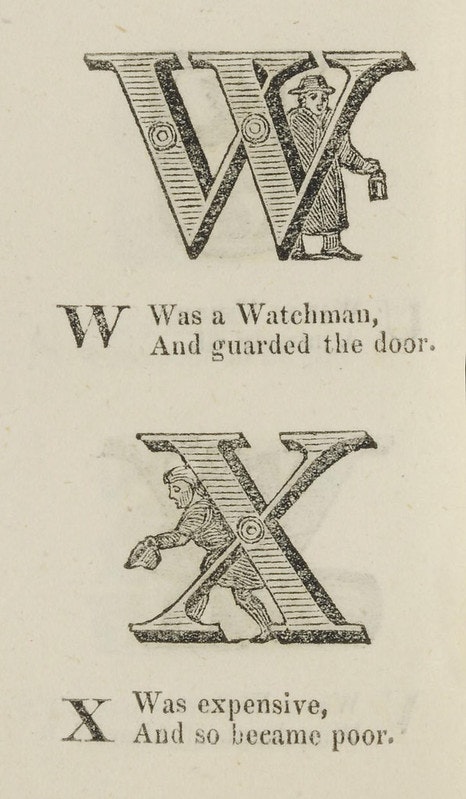 Child’s New Alphabet (1824)
Child’s New Alphabet (1824)
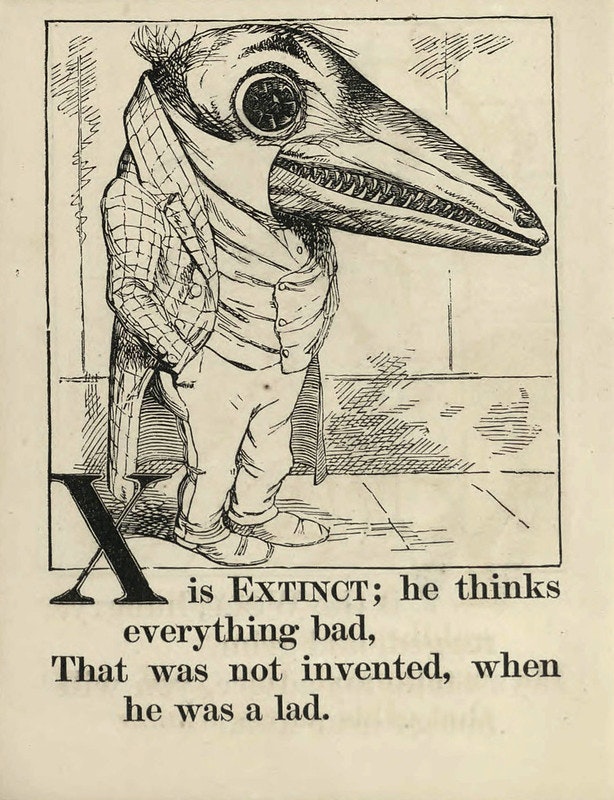 Beasts, Birds and Fishes: An Alphabet for Boys & Girls (1855) by Charles H. Bennett
Beasts, Birds and Fishes: An Alphabet for Boys & Girls (1855) by Charles H. Bennett
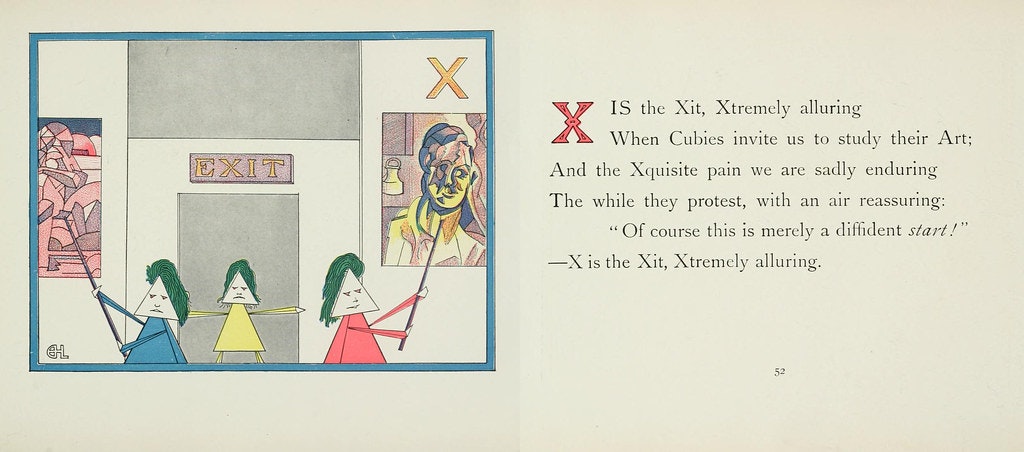 The Cubies’ ABC (1913) by Mary Mills Lyall and Earl Harvey Lyall
The Cubies’ ABC (1913) by Mary Mills Lyall and Earl Harvey Lyall
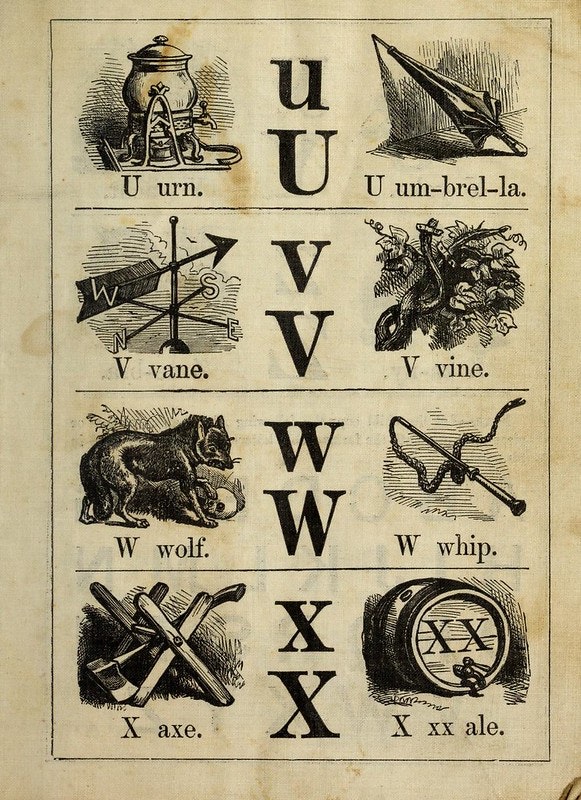 Linen ABC book; First Steps (1884) by Howard Foster
Linen ABC book; First Steps (1884) by Howard Foster
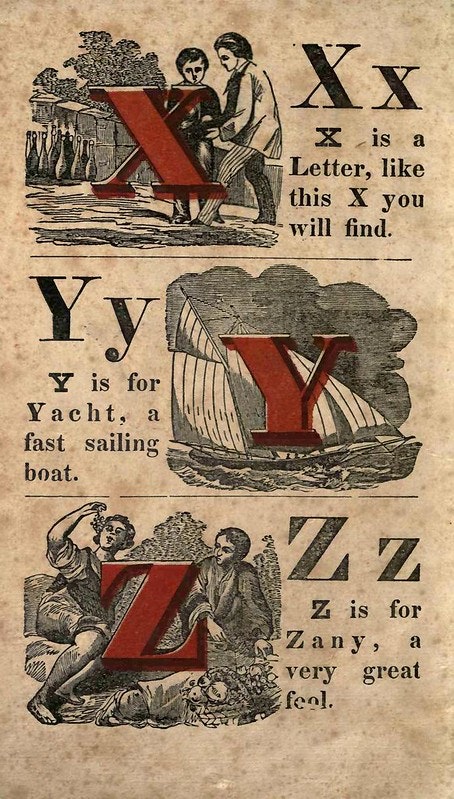 Alphabet of Objects (ca. 1865)
Alphabet of Objects (ca. 1865)
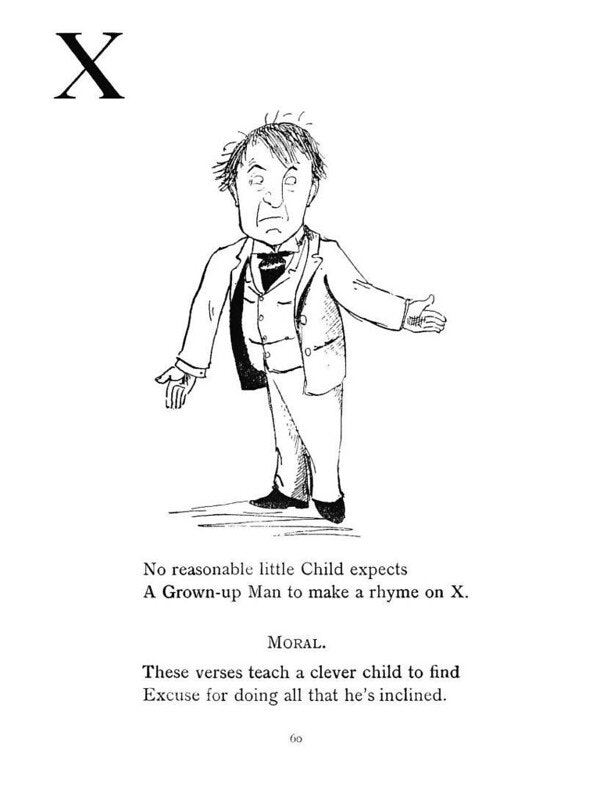 A Moral Alphabet (1899) by Hilaire Belloc and Basil Temple Blackwood
A Moral Alphabet (1899) by Hilaire Belloc and Basil Temple Blackwood
See more at The Public Domain Review.
Emily Temple
Emily Temple is the managing editor at Lit Hub. Her first novel, The Lightness, was published by William Morrow/HarperCollins in June 2020. You can buy it here.



















